
Although Windows is a friendly and easy-to-use operating system, we cannot deny that it is full of bugs that can appear in a common way and hinder the experience. The example that concerns us today is the one referring to audio, considering that it is a section that we use throughout the day in front of the computer. It is possible that when trying to establish a call or play some content, you do not receive any type of sound. Therefore, we want to show you all the alternatives available to fix the volume of the computer.
If you are trying to enjoy a video or song and your computer seems to have no volume, here we are going to review all the possible causes and how to fix it. It is noteworthy that this problem can have multiple sources, so we need to carry out a troubleshooting process to find the source.
How to fix the volume of the computer?
As we mentioned, the failures related to the volume of the computer have multiple causes among which we can mention:
- Wrong audio device selection.
- Audio device muted.
- Audio device disabled.
- Problems with the audio driver.
- Audio enhancements affect the operation of the device.
This is the reason why we must carry out the troubleshooting process, in order to find the origin of the problem in the shortest possible time, addressing all the causes that may be involved.
Check the selected audio device
The first step in our troubleshooting process is always the easiest, and this is no exception. In that sense, we will start by verifying if we have the correct audio device selected. Let's remember that, on a computer, we can have different audio outputs, for example, by having some speakers connected and also a television through the HDMI cable.
To find out which one we have selected in our system, you just have to click on the horn icon on the taskbar. Right above the volume control we'll see the name of the device, so if the HDMI device appears instead of your audio card, you know why the horns or headphones do not sound.
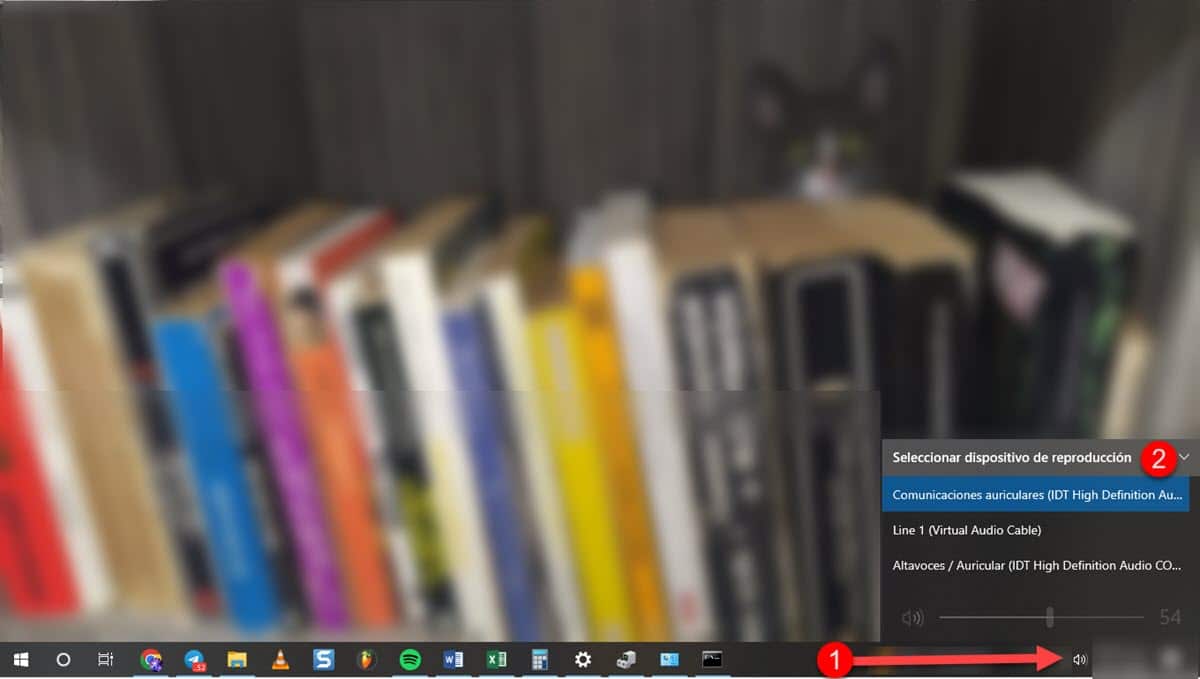
Pick the right device and you'll instantly get the audio you need.
Check if the device is enabled
In case the audio output that you normally use does not appear, then we will check if the device is enabled. To do this, we must go to the Sound Settings, so you only have to right-click on the horn icon and then select "Open sound settings".
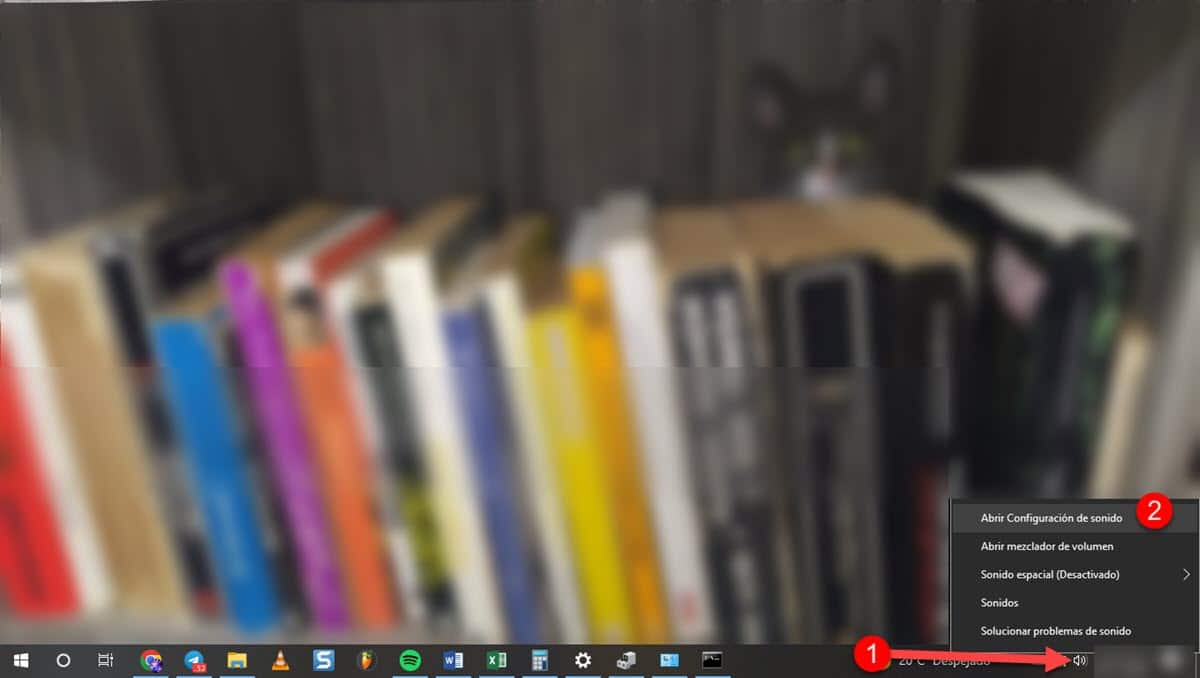
Immediately, a window will be displayed with a whole series of options available to control the input and output audio devices. In this section we are interested in the link identified as "Sound control panel" located on the right side of the interface.
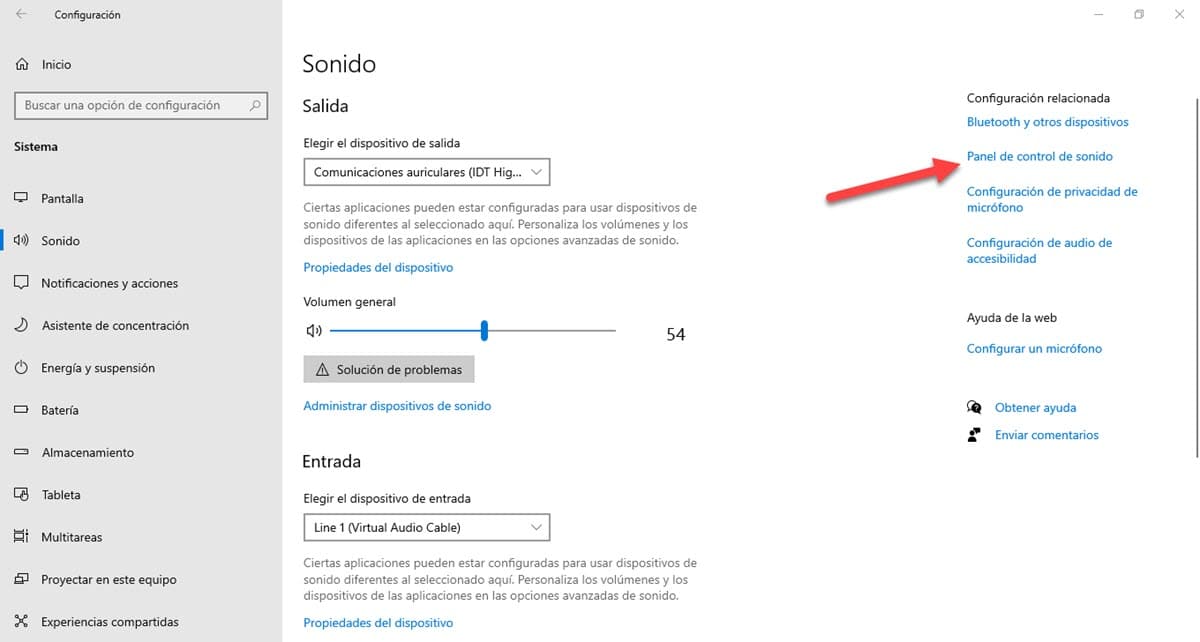
When you click it, a small window will be displayed with some tabs, go to the "Playback" window. There you will see all the output devices that are connected to your computer, verify that yours appears and that it is enabled.
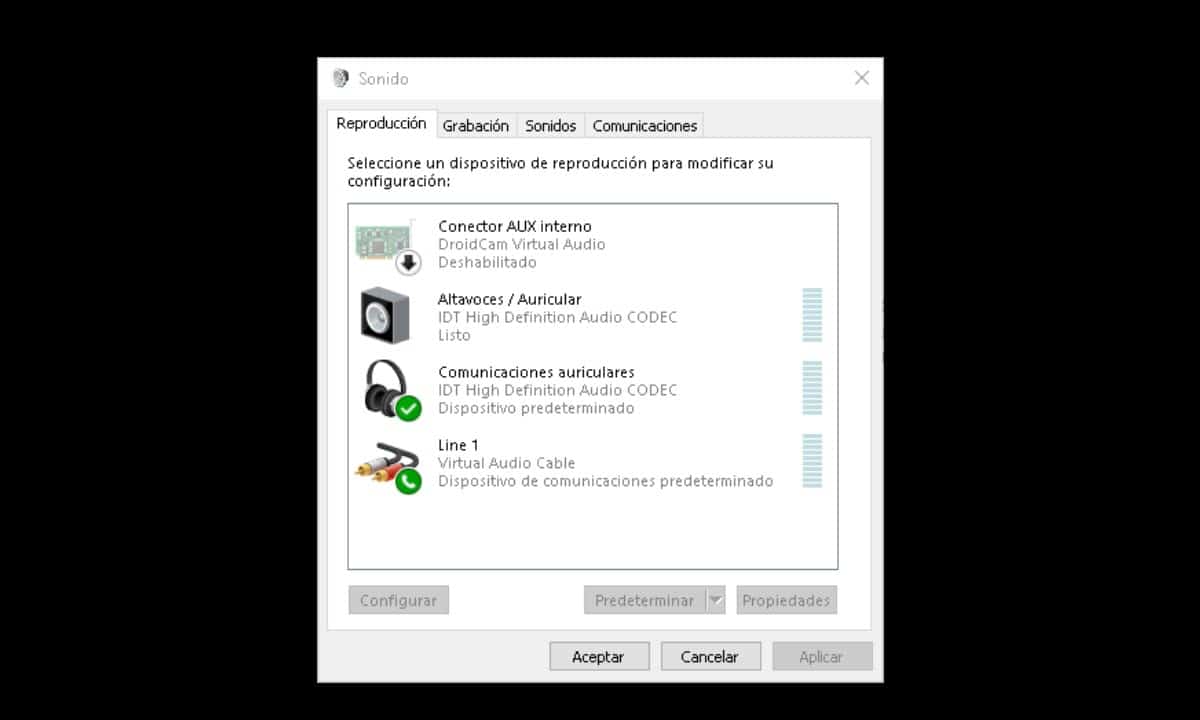
When they're not, their icons have a gray and transparent appearance, unlike active ones that show full color.
If yours is disabled, you just have to right-click it and then select "Enable". Next, to check that it is indeed working, right-click again and select "Test".
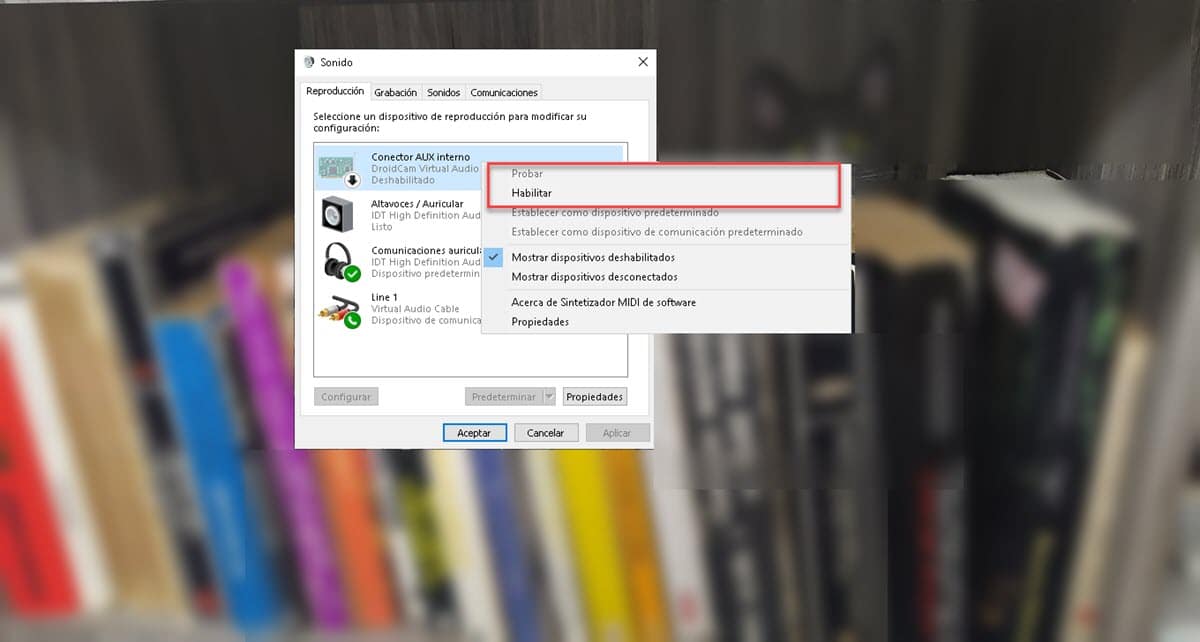
This will play a sound through whatever headphones or speakers you're using, so if you can hear it, you've succeeded in fixing your computer's volume.
Check the audio driver
Drivers or controllers are another very recurring reason why audio devices do not work or have no volume. These are nothing more than a piece of software that represents the communication bridge between the hardware and the operating system. In this sense, if this component is installed incorrectly or its files are corrupted, the sound from the computer will be seen directly.
If the above steps didn't fix your issue, you most likely have a faulty audio driver. To check its operation, enter the Device Manager and for this you just have to right-click on the Start Menu and then select the option that we mentioned before.
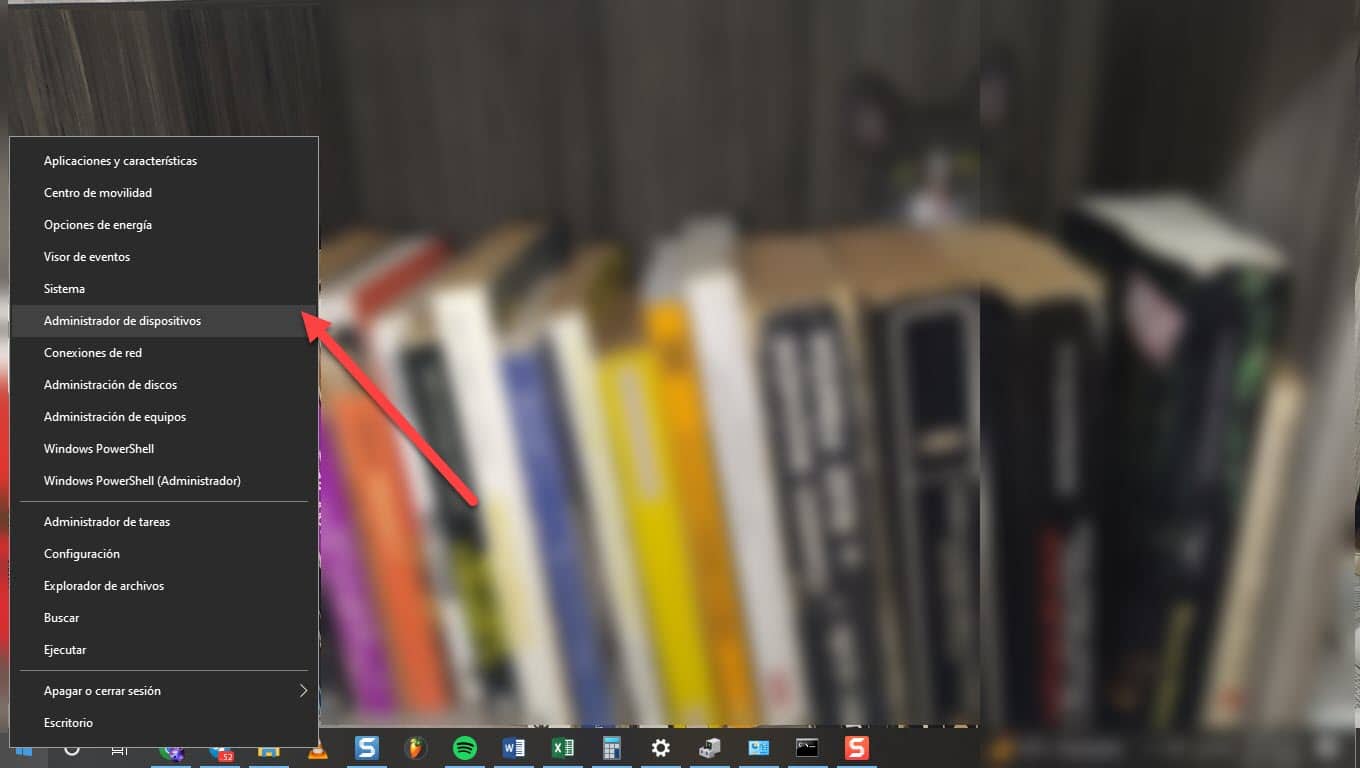
Immediately, a window will be displayed listing all the components connected to the computer. Locate the "Audio inputs and outputs" section and click to display the sound devices.
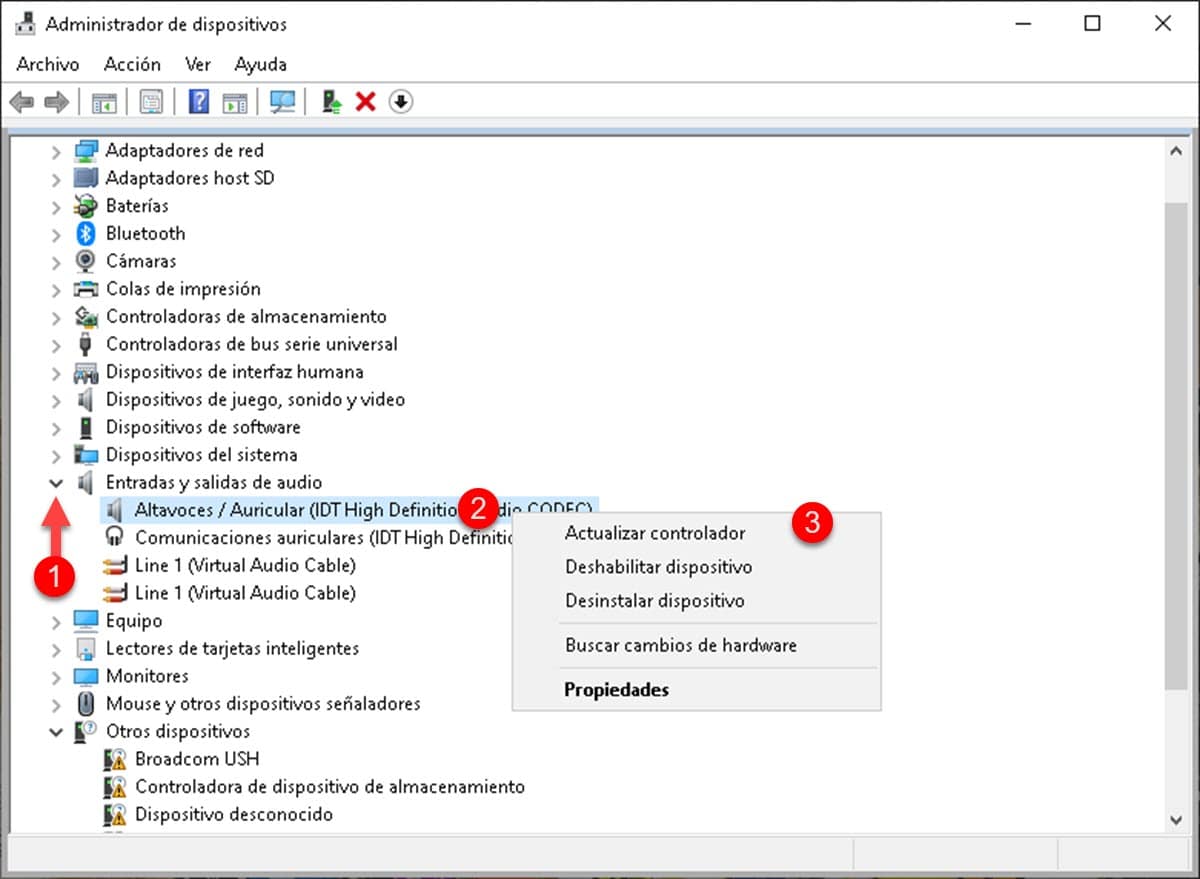
The ones that are having conflicts or malfunctions usually display an exclamation point. However, if none appear, you can still right-click and then choose “Update Driver”.
The system will offer you to search for it automatically in Windows, however, you can also choose it from any directory. This is the best option for installing or updating drivers, always making sure it's the correct file.